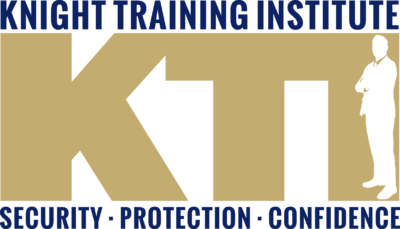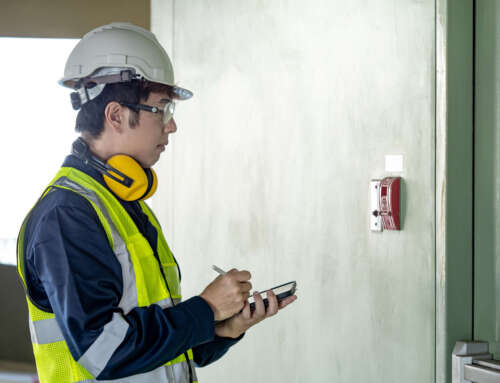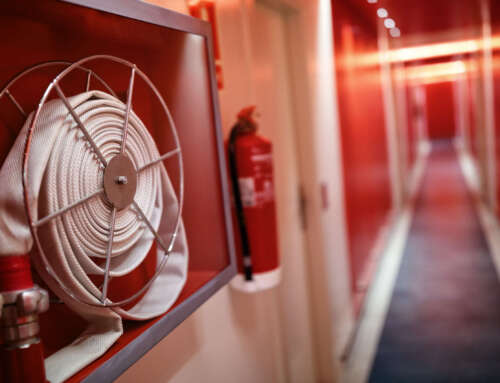The New York State Fire & Life Safety Director (FLSD) course is designed to provide people with the knowledge and skills necessary to oversee the safety and well-being of occupants in buildings in the event of fire emergencies
Here are some of the key topics and concepts that you might learn in such a course:
- Fire Safety Regulations: You’ll gain a thorough understanding of New York City and New York State fire safety codes and regulations.
- Fire Alarm Systems: Learn about different types of fire alarm systems, their components, and how to operate and maintain them. This includes understanding alarm panel functions and alarm notification devices.
- Emergency Response Procedures: Understand how to respond to various emergency situations, including fires, evacuations, medical emergencies, and hazardous material incidents. You’ll learn how to coordinate with emergency services and communicate effectively during emergencies.
- Building Safety Features: Explore the safety features and systems in buildings, such as fire doors, fireproofing materials, smoke control systems, and fire extinguishing systems.
- Fire Drills and Evacuation Plans: Develop and implement effective evacuation plans, including conducting fire drills and ensuring occupants know evacuation routes and assembly points.
- Fire Department Operations: Learn about the role of the Fire Department of New York (FDNY) and how to work with them during emergencies. Understand how to conduct inspections and tests to keep compliance with FDNY requirements.
- Fire Safety Director Duties: Understand the responsibilities and duties of a Fire Safety Director, which include overseeing fire safety personnel, maintaining fire safety records, and coordinating fire safety drills.
- Fire Safety Technology: Familiarize yourself with modern fire safety technologies, including fire alarm monitoring and control systems, video surveillance, and access control systems.
- Emergency Communication: Learn how to effectively communicate with building occupants and emergency services during fire emergencies, including using public address systems and two-way radios.
- Fire Safety Planning: Develop and update fire safety plans, including emergency action plans and fire safety programs tailored to specific building types and occupancies.
- Fire Safety Inspections: Understand how to conduct regular fire safety inspections of building systems, equipment, and exits to ensure compliance with regulations.
- Legal and Liability Issues: Gain insights into the legal and liability aspects of fire and life safety, including the consequences of non-compliance with fire safety regulations.
- Risk Assessment: Learn how to assess fire risks and hazards in buildings and develop strategies to mitigate them.
Completing a New York State Fire & Life Safety Director course will equip you with the knowledge and skills to play a crucial role in maintaining the safety and security of building occupants in the event of fire emergencies, helping to prevent and respond to life-threatening situations effectively. Sign up for KTI’s next FLSD course today!





